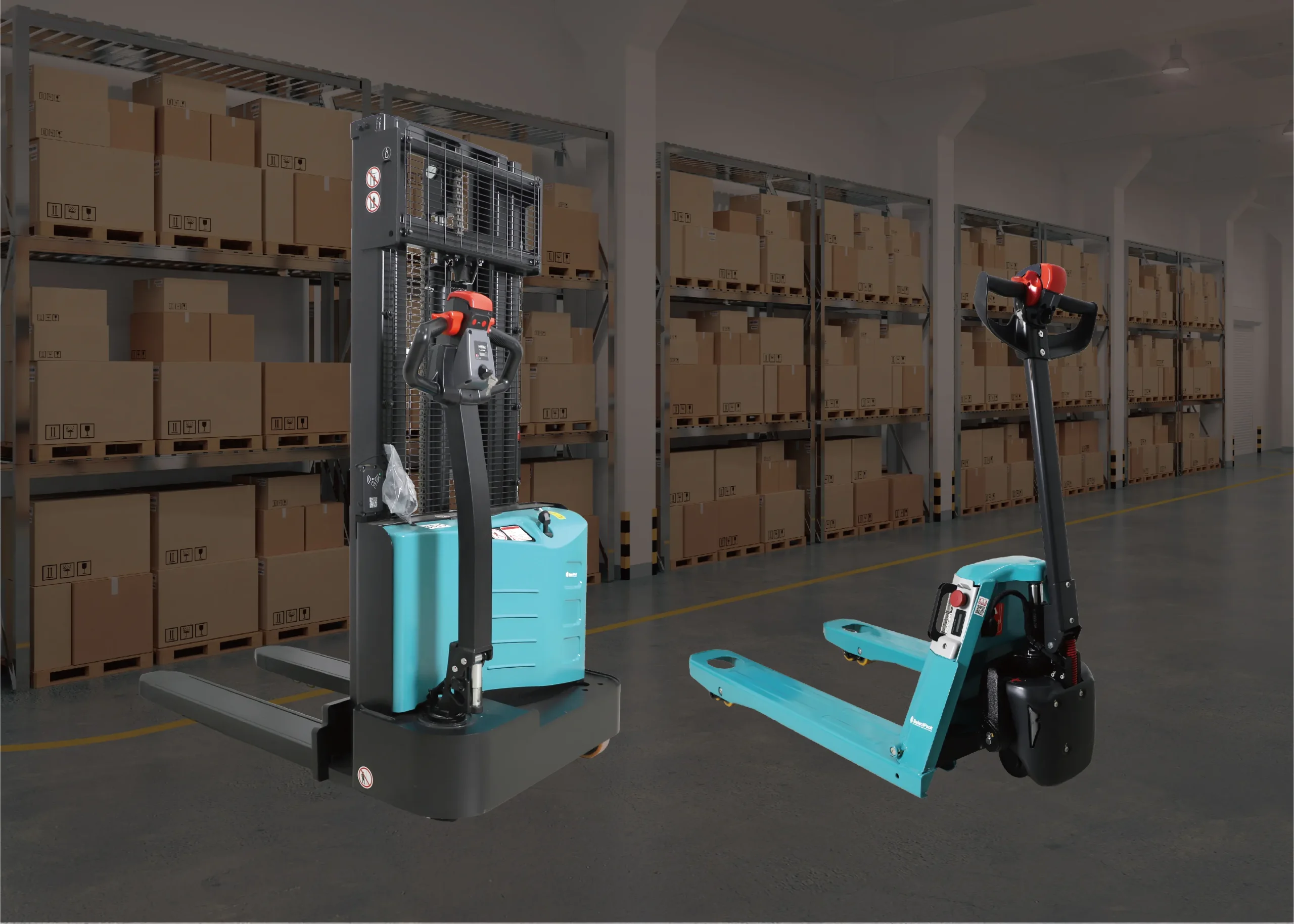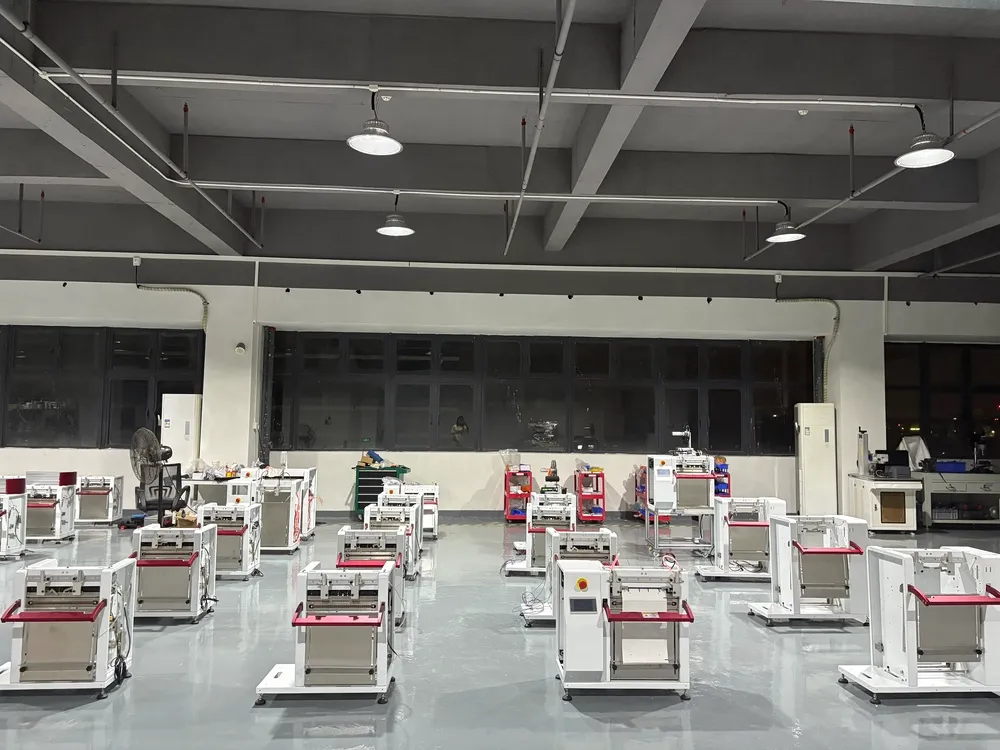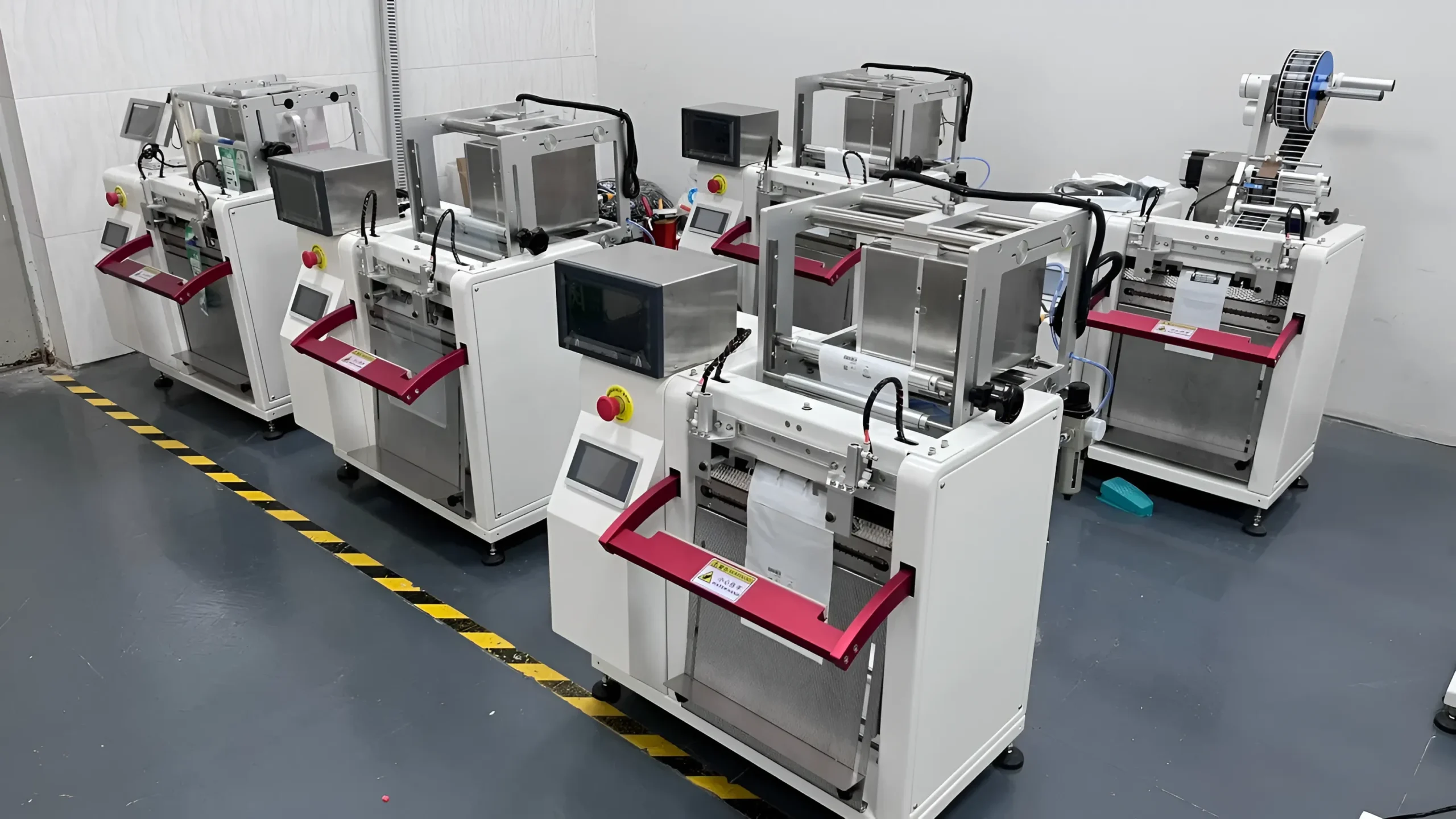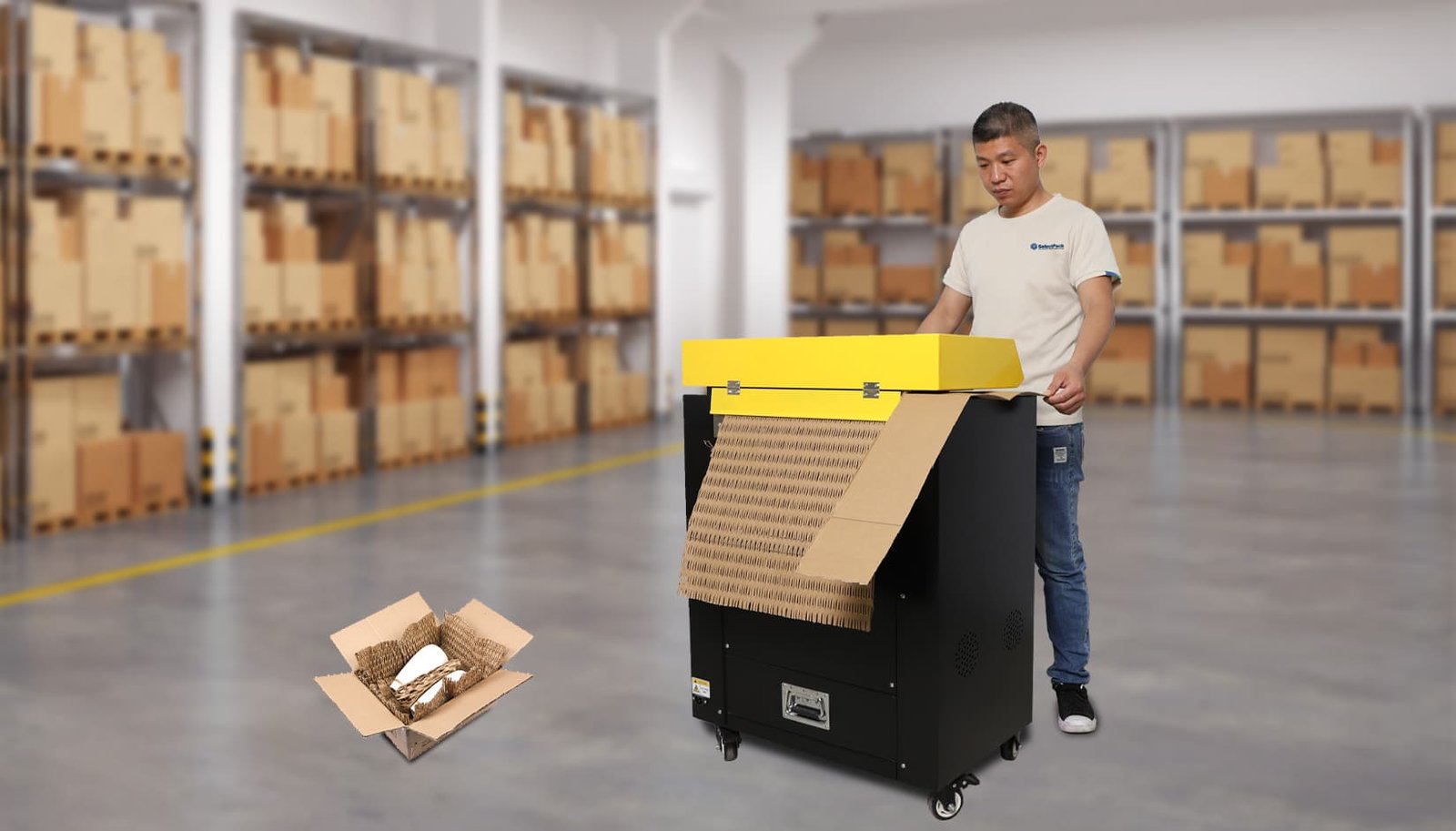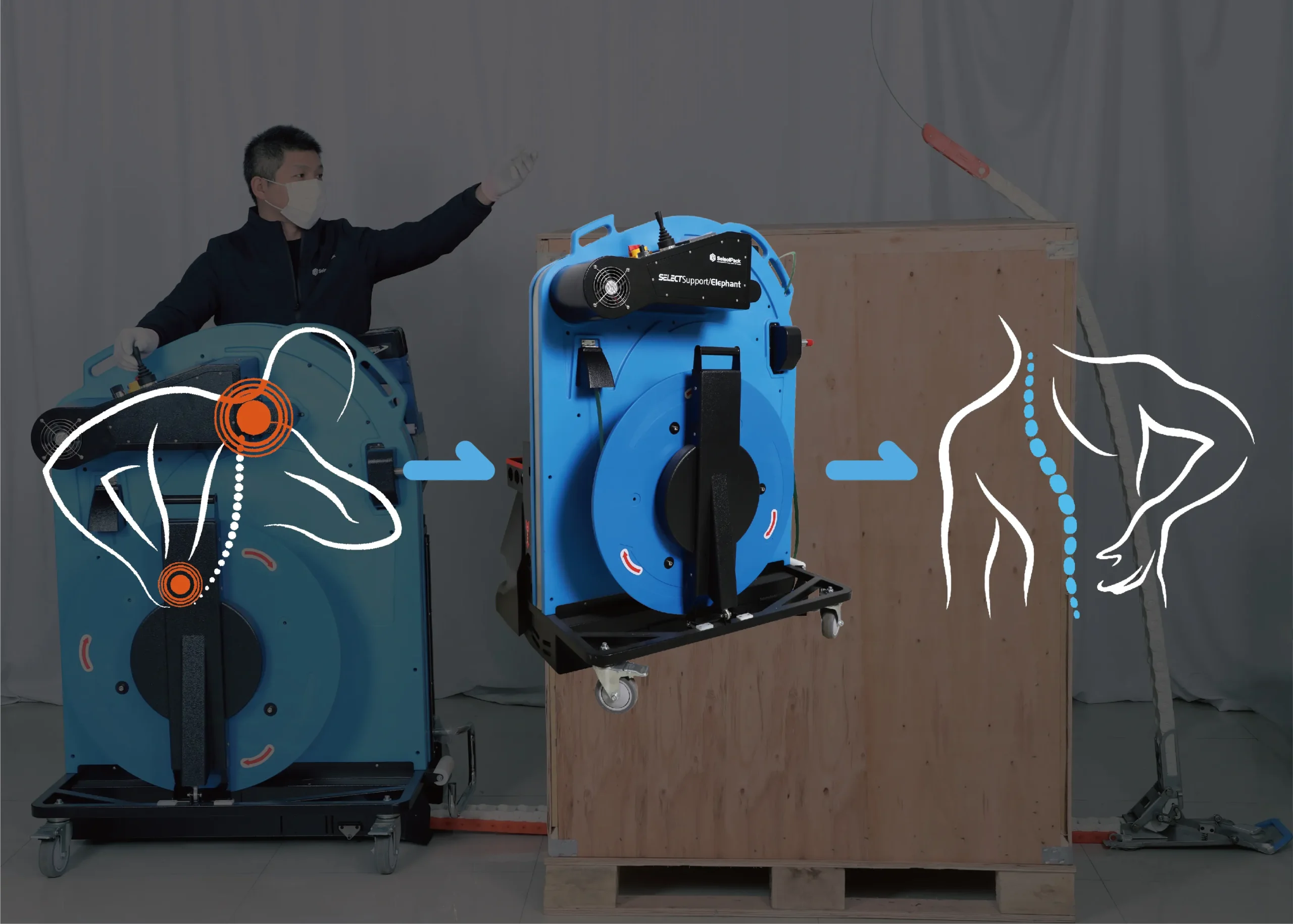Introduction: What Does a Strapping Machine Actually Do?
Strapping machines are essential for securing products during storage and shipping. Whether bundling boxes or stabilizing palletized loads, these machines improve packaging speed, safety, and consistency. As warehouse operations grow more complex, choosing the right type of strapping solution is critical.
From fully manual tools to fully automated conveyor-based systems, and now increasingly popular mobile strap feeders, this article will help you understand the major types—and why mobile solutions like SelectSupport/Elephant or Ergopack are ideal for many real-world scenarios.
Common Strapping Machine Types
Strapping machines are typically categorized by their degree of automation and method of strap application. Here’s an overview of the main types available:
| Type | Description | Representative Models | Best For |
|---|---|---|---|
| Manual Strapping Tools | Operators manually feed, tension, and seal straps using handheld tools. Requires full physical involvement. | FROMM P403 Signode D-58 | Small-scale warehouses, backup usage, budget-restricted sites |
| Semi-Automatic Machines | Operators manually wrap the strap and insert it into the machine, which handles tensioning and sealing. | StraPack D-53, Transpak TP-202 | Parcel hubs, e-commerce centers, mid-volume users |
| Fully Automatic Systems | Integrated systems on production lines that detect, feed, tension, seal, and cut straps with no operator input. | Signode MOD-GPX, Robopac Masterwrap Plus XL | High-speed operations, automated logistics centers |
| Mobile Strap Feeders | Mobile devices that guide the strap through pallet voids to the operator for sealing. Offers a balance of automation and flexibility. | SelectPack/Elephant, Ergostrap Mobile 545, FROMM FSM50 | Export packaging, 3PL warehouses, locations without conveyor lines |
How to Choose the Right Type for Your Operation
Selecting the right strapping solution depends on multiple factors:
- Volume: High-throughput sites benefit from automation; smaller sites may only need semi-auto or manual tools.
- Labor Constraints: Fully manual tools require more effort; mobile feeders reduce bending and fatigue.
- Budget: Automated systems come with high upfront costs, while mobile feeders are mid-range.
- Mobility Needs: If you work across multiple zones or handle irregular pallets, mobile systems offer unmatched flexibility.
In short: the more dynamic your packaging operation is, the more value you get from portable or semi-automated solutions.
Why Mobile Strap Feeders Are Gaining Popularity
Mobile strap feeding machines strike a balance between speed, ergonomics, and affordability. Unlike traditional semi-auto systems that require the operator to bend or walk around the pallet, mobile feeders push the strap under the pallet and return it to the operator’s hands in seconds.
Key Benefits:
- Labor-Saving: No bending or repositioning needed
- Quick Operation: Average cycle time under 10 seconds
- One-Person Use: No need for extra manpower
- Battery Powered: 500–600 cycles per charge (E.G. SelectSupport/Elephant)
- Touchscreen Adjustments: Simplified controls for different load types
- Pallet Compatibility: Up to 1.85 m wide and 2.8 m high (with SelectSupport/Elephant)
Compared to fully automated systems, mobile feeders require no fixed installation and can serve multiple workstations. Compared to manual tools, they significantly reduce operator fatigue and boost efficiency.
Use Case Highlights: Where Mobile Feeders Make Sense
Here are some common situations where mobile strap feeding systems outperform other options:
- Export Packaging: Especially for high, oversized, or non-standard pallets
- B2B E-Commerce: For warehouses handling multiple SKUs and shipping formats
- 3PL Fulfillment Centers: Where layout and product mix change frequently
- Factories Without Conveyor Lines: Where installing full auto lines is impractical or too costly
If your operation involves frequent pallet strapping but doesn’t justify a full auto investment, mobile feeders deliver excellent ROI.
Materials and Strap Compatibility Across Machine Types
Each machine type typically supports different strap materials, each with its own characteristics:
| Material | Typical Use | Compatible Machine Types |
|---|---|---|
| Polypropylene (PP) | Lightweight bundling, indoor use | Manual, Semi-Auto, Mobile Feeders |
| Polyester (PET) | Stronger hold, export-grade loads | Semi-Auto, Mobile Feeders, Fully Auto |
| Steel | Heavy-duty, sharp-edged or high-weight goods | Manual tools, industrial auto lines |
Choosing the wrong strap type can lead to breakage or overkill in cost. Most warehouses today lean toward PET for pallet strapping due to its strength and flexibility.
Common Pitfalls When Choosing a Strapping Machine
Avoid these common mistakes when upgrading your strapping solution:
- Focusing only on price without calculating labor savings
- Ignoring pallet design, which may prevent smooth strap feeding
- Choosing a machine incompatible with existing strap coils
- Underestimating operator fatigue from bending or awkward positioning
- Neglecting after-sales support and spare parts availability
Taking the time to match equipment features with workflow needs prevents downstream headaches.
Strapping Process Optimization Tips for Warehouses
Even the best machines need good process flow. Here are tips to improve:
- Position machines for easy access at the end of packing lines
- Standardize strap tension settings for consistency
- Train staff on coil loading and strap threading to avoid delays
- Use strapping carts or coil trolleys for mobile efficiency
- Schedule battery charging for mobile feeders to reduce downtime
Small adjustments can yield major improvements over time.
Pallet Compatibility: What to Check Before Choosing a Strap Feeder
Not all pallets are created equal—especially when it comes to compatibility with mobile strap feeders. Before investing in any strap feeding system, make sure your pallet types meet a few basic structural conditions.
1. Pallet Gap Height
Most mobile strap feeders require a minimum bottom gap height of 75–100 mm to allow the chain or lance to pass through. If your pallets are too low or fully enclosed, automated feeding may not be possible.
2. Pallet Gap Width
A clear horizontal gap of at least 150–200 mm is ideal. The feeding mechanism needs room to insert and return the strap. Block-style pallets with multiple bottom deck boards may obstruct the chain.
3. Open vs Closed Pallet Base
Open-bottom or “two-way entry” pallets are typically ideal. If your pallets have skids or closed decks, manual threading or custom equipment may be necessary.
4. Checklist for Compatibility
Here’s a quick self-check before purchasing a strap feeder:
- [ ] Can a broomstick or rod pass cleanly through the bottom of the pallet?
- [ ] Is there at least 75 mm clearance height and 150 mm width?
- [ ] Are pallets consistently open on both ends?
If you answered “yes” to all, you’re likely a good fit for mobile strap feeders. If not, alternative methods like manual threading plus battery-powered sealers might serve you better.
FAQs
Q: What is the difference between a strapping tool and a strapping machine?
A strapping tool is handheld and requires manual operation, while a machine automates parts of the process such as tensioning and sealing.
Q: Can one person operate a mobile strap feeder?
Yes. Mobile feeders are designed for single-person operation and help reduce strain and time spent on strapping.
Q: How much space does a mobile feeder require?
Most models have a compact footprint (under 1 sqm) and are mounted on wheels, allowing for easy storage and relocation.
Conclusion: No One-Size-Fits-All, But Mobile Deserves a Look
While fully automatic systems dominate high-volume sites, many businesses are discovering that mobile strap feeders hit the sweet spot of affordability, flexibility, and speed.
By understanding the pros and cons of each strapping machine type—and aligning them with your packaging workflow—you can make a confident decision that improves efficiency without overinvesting.
Ready to Learn More?
Looking for a flexible solution to upgrade your pallet strapping workflow?
Explore our Strapping Machine Resource Hub or Contact Our Experts for personalized recommendations.


